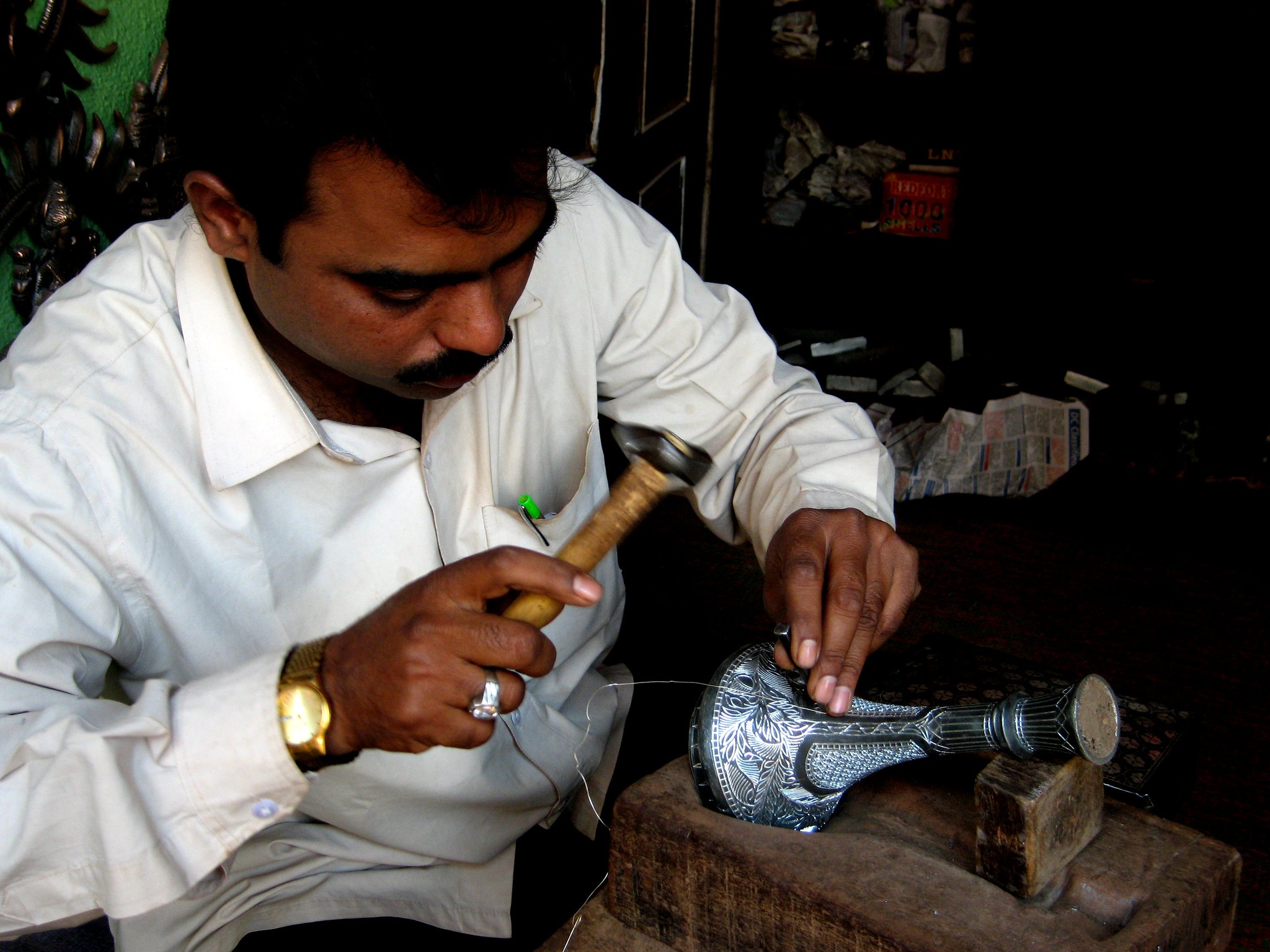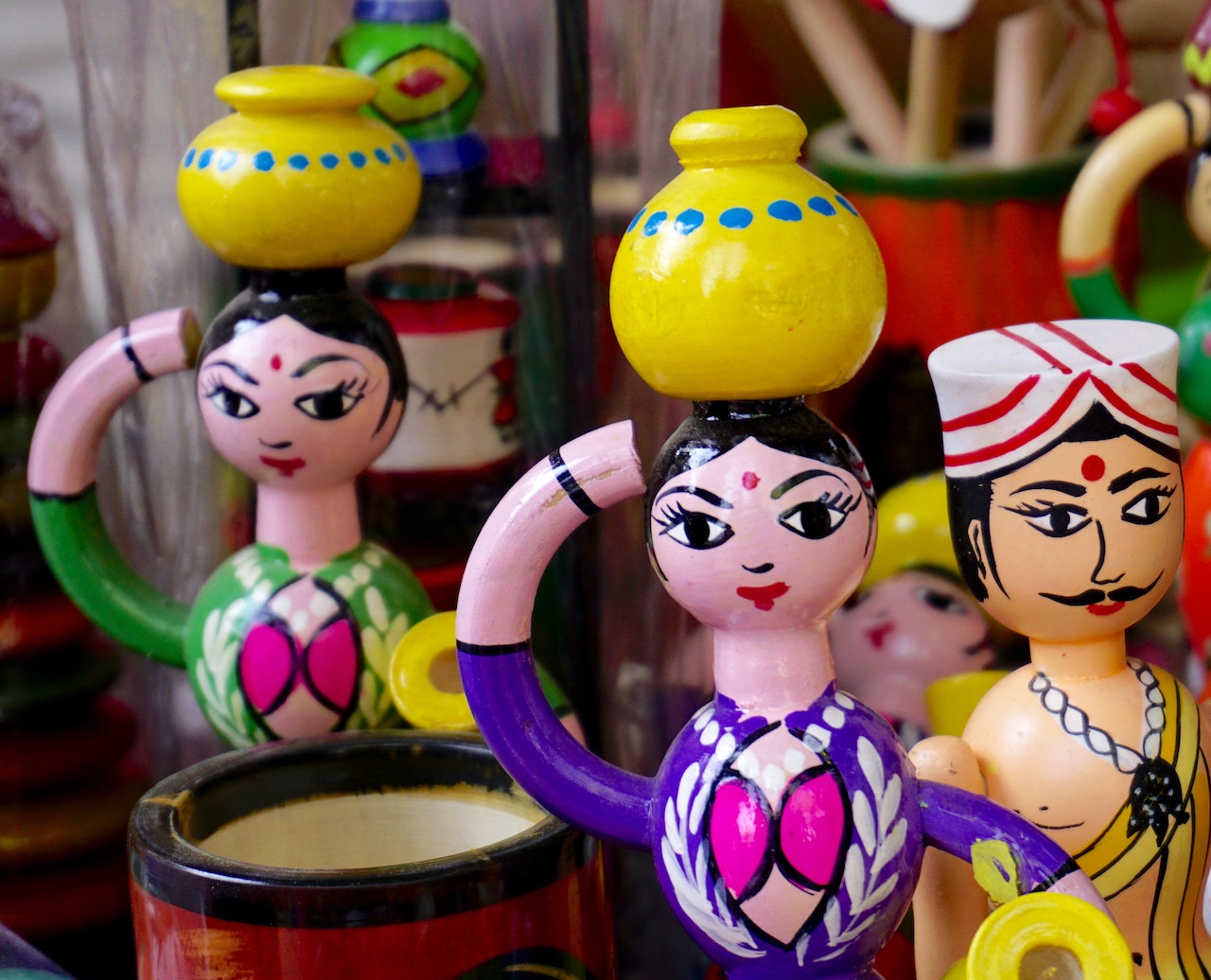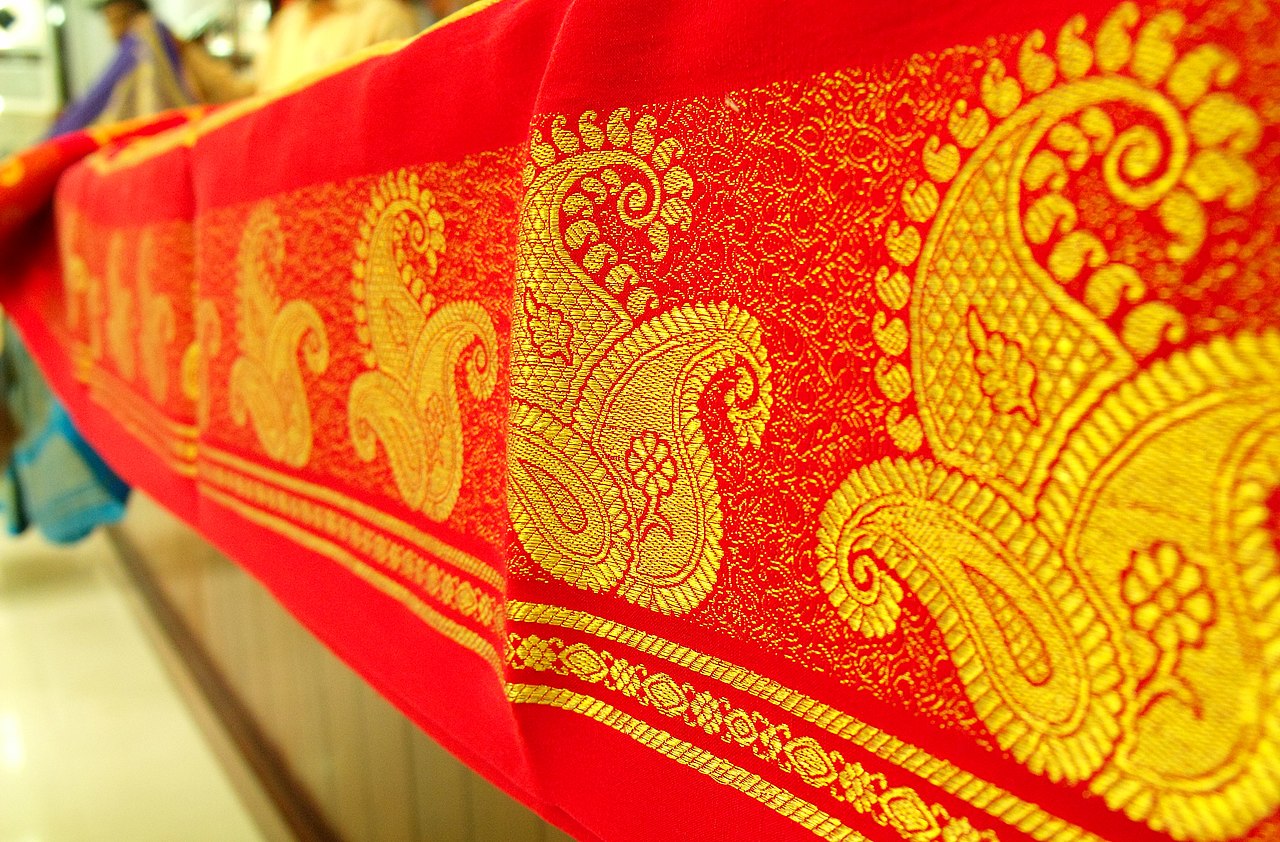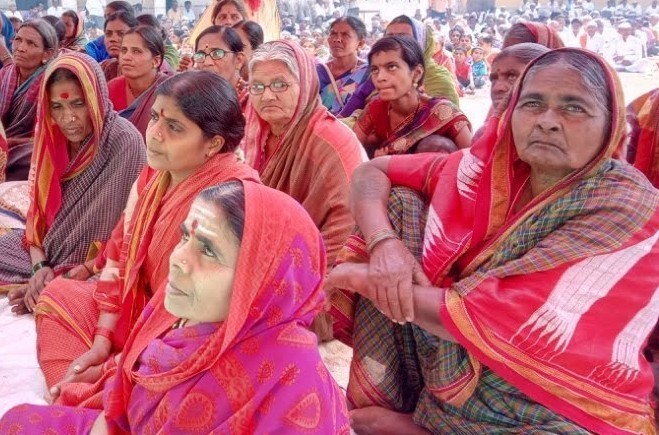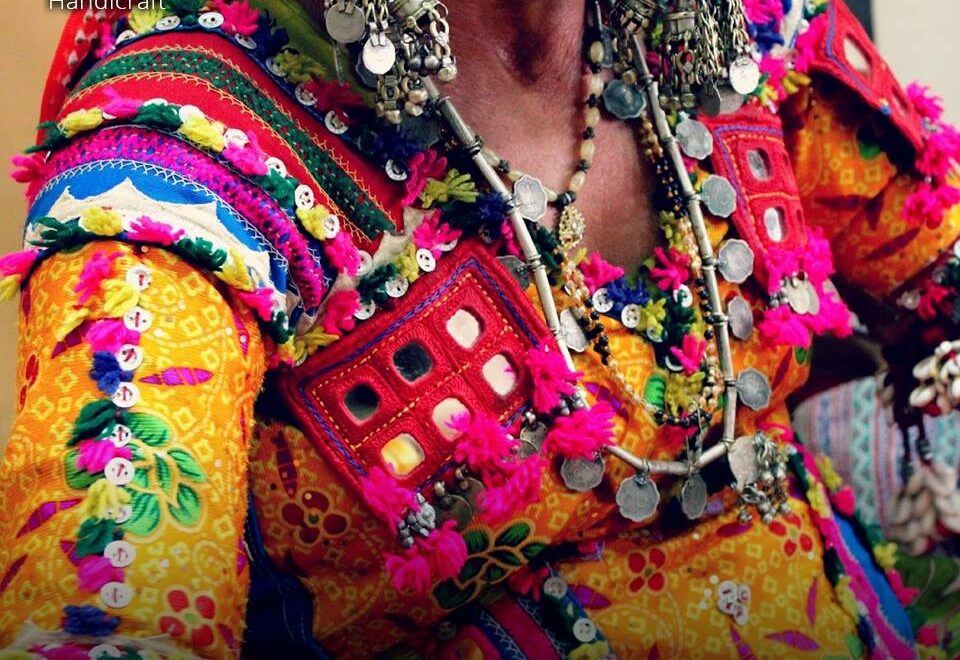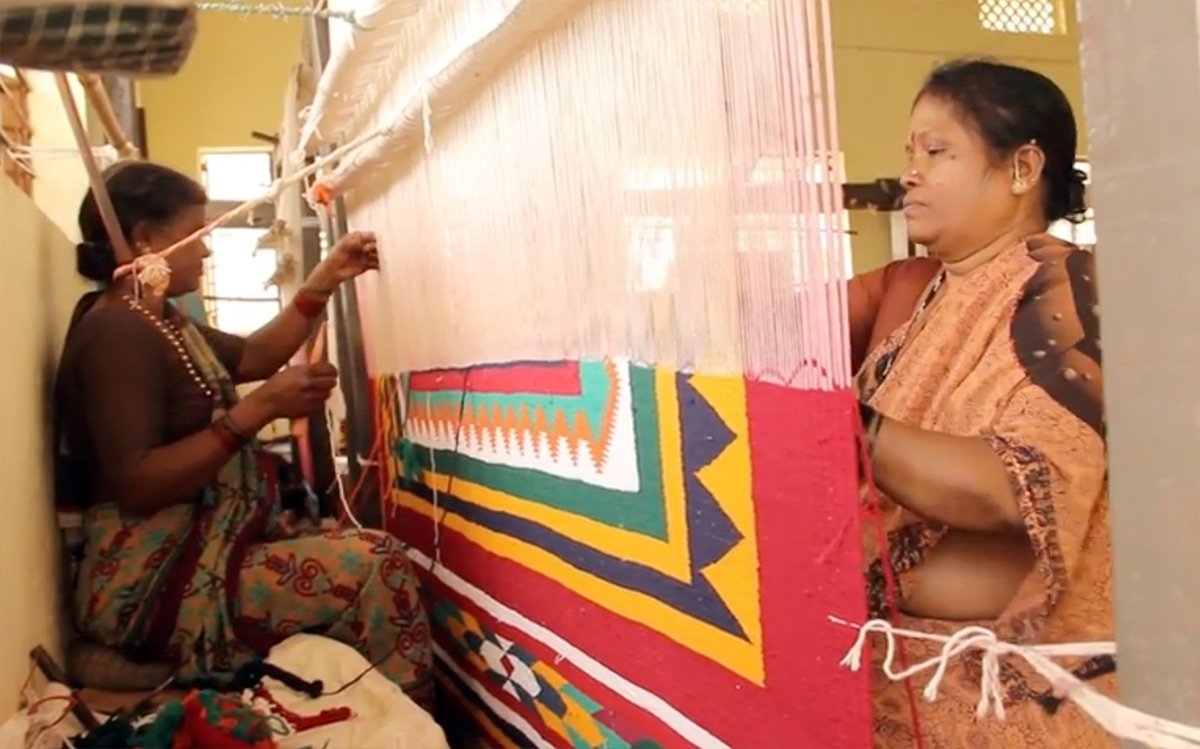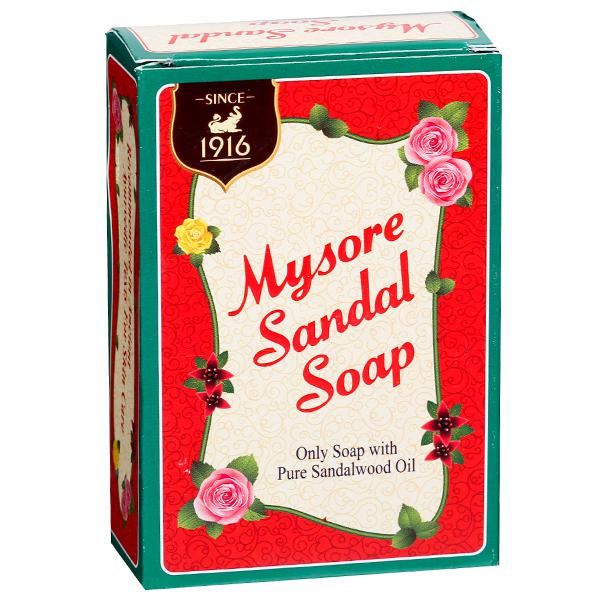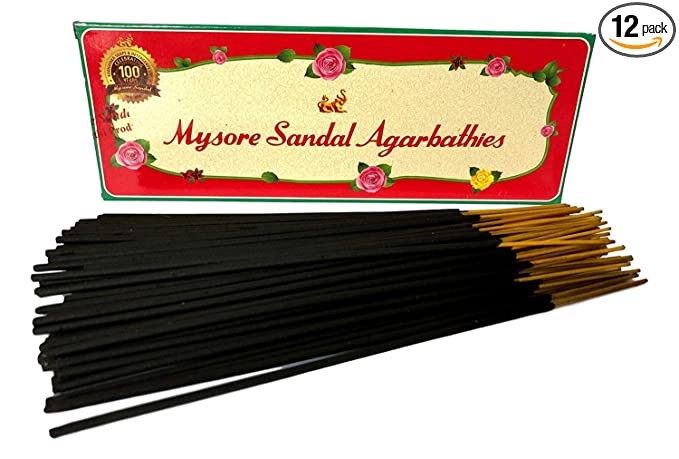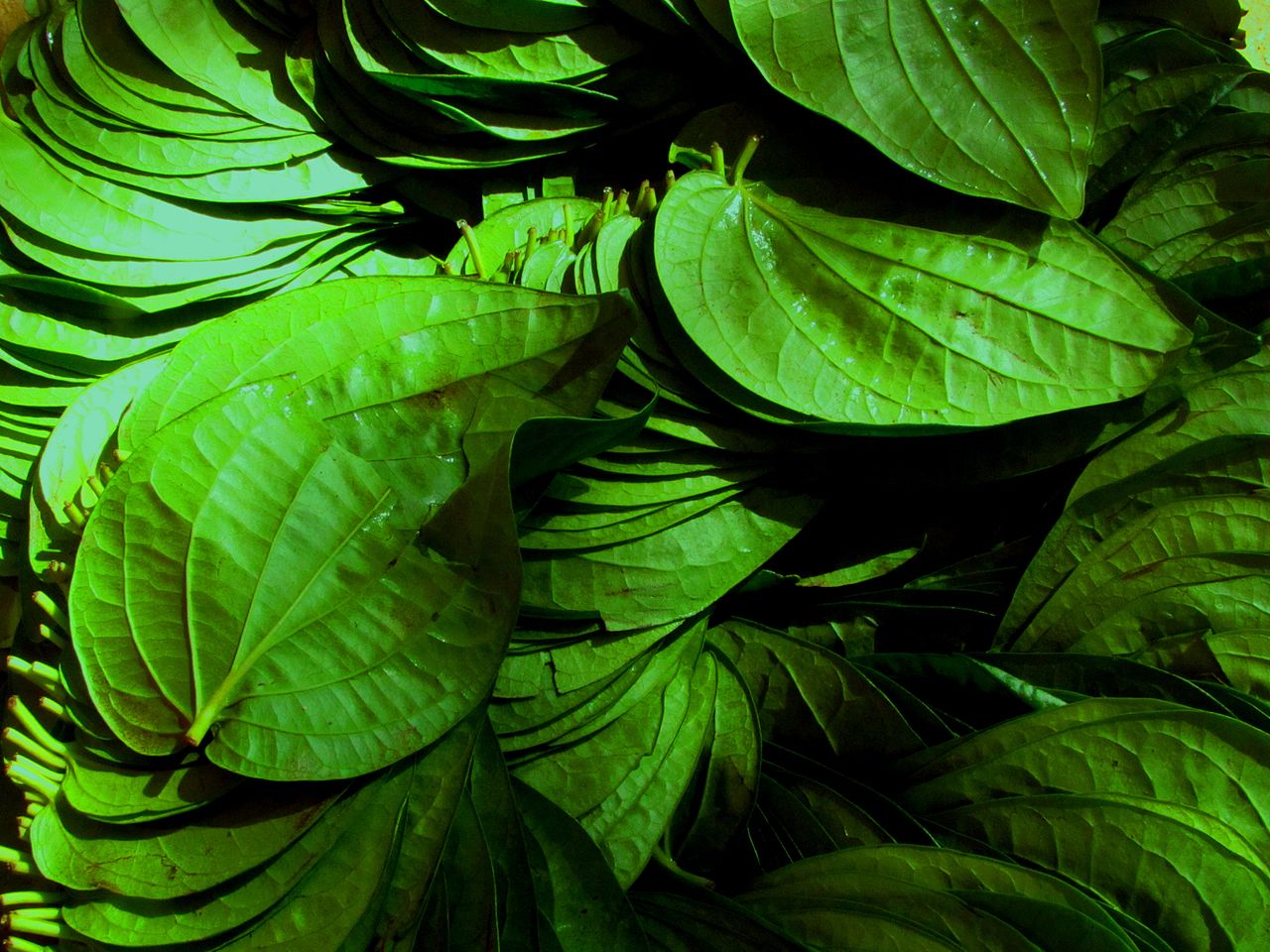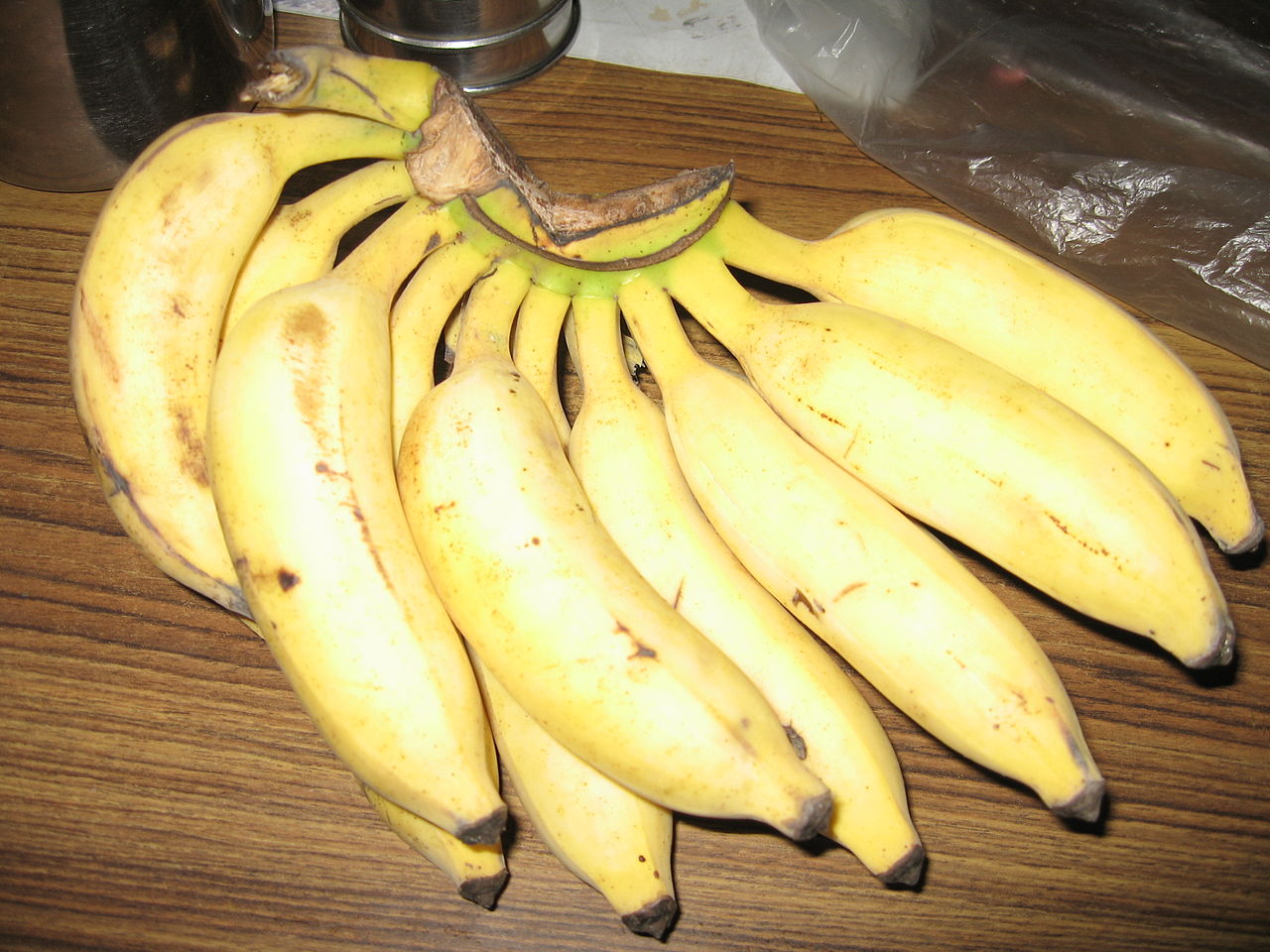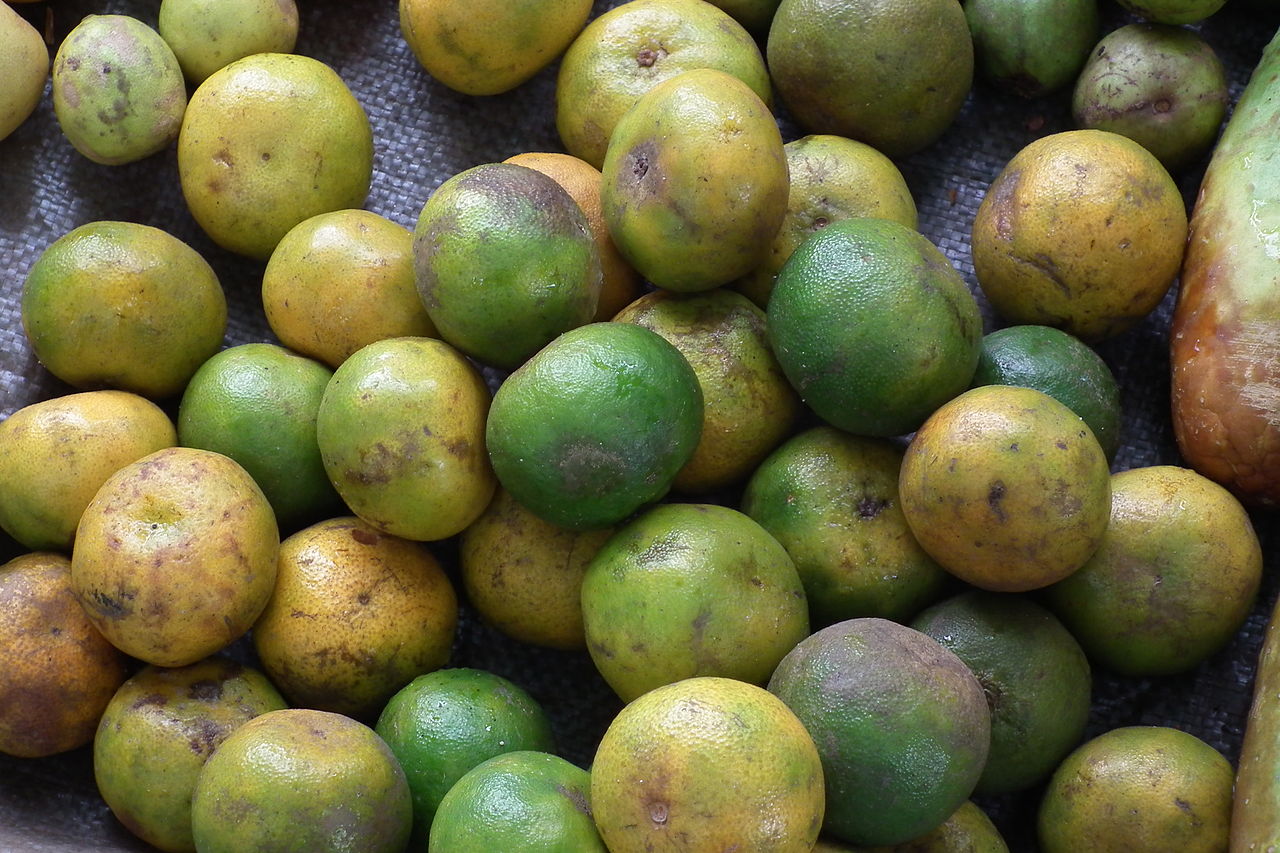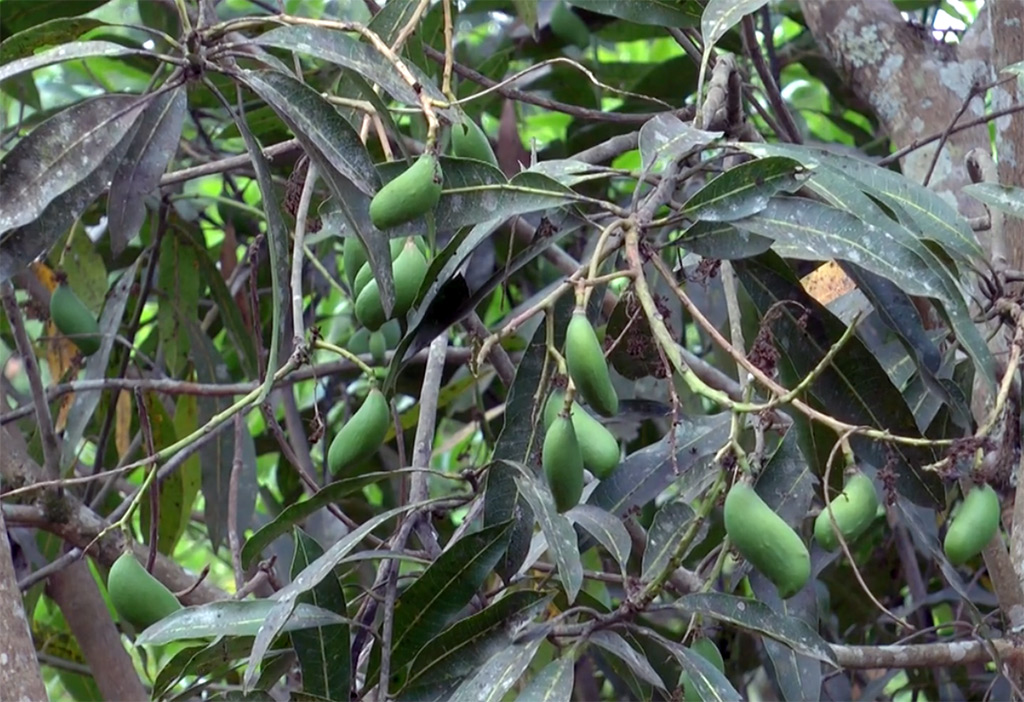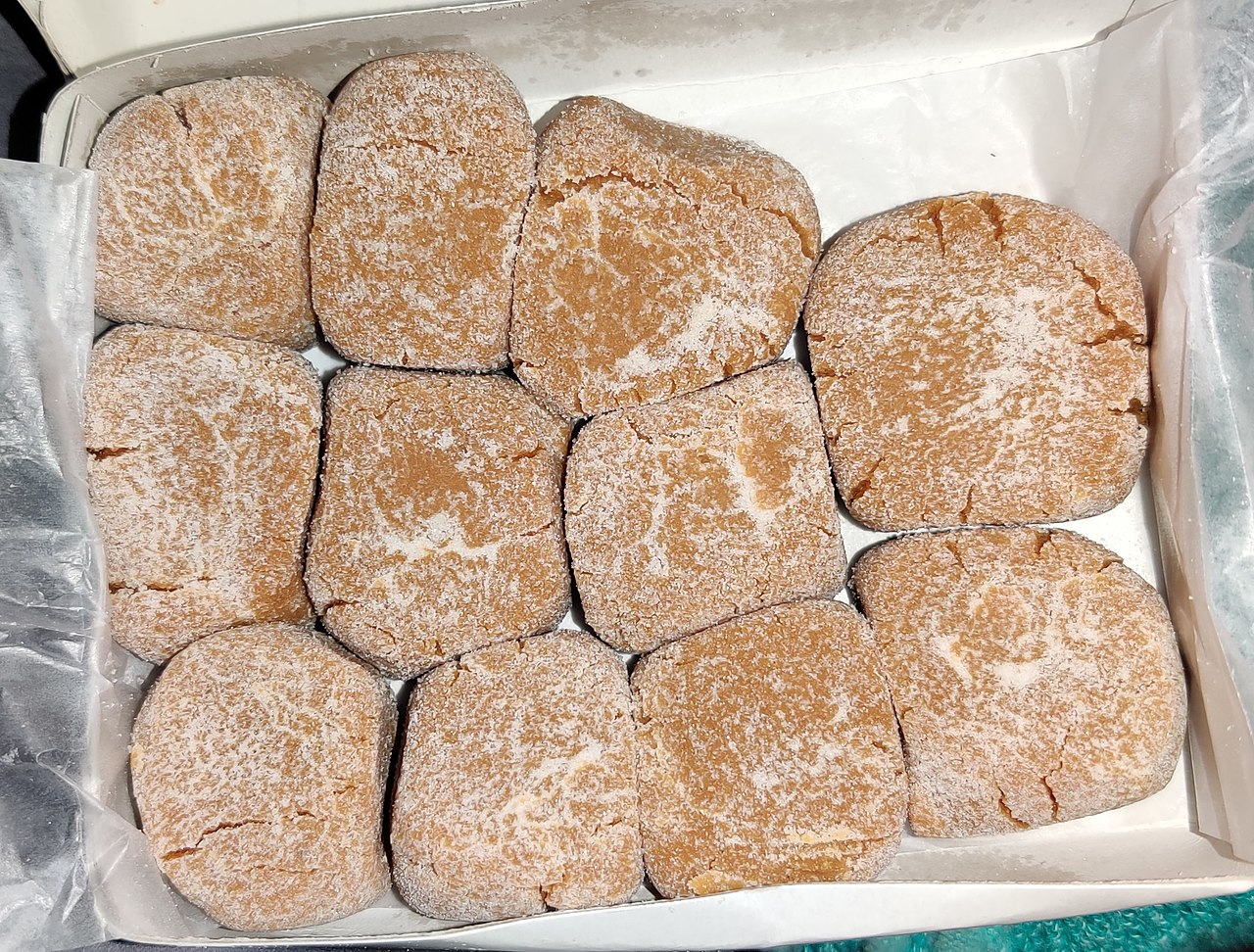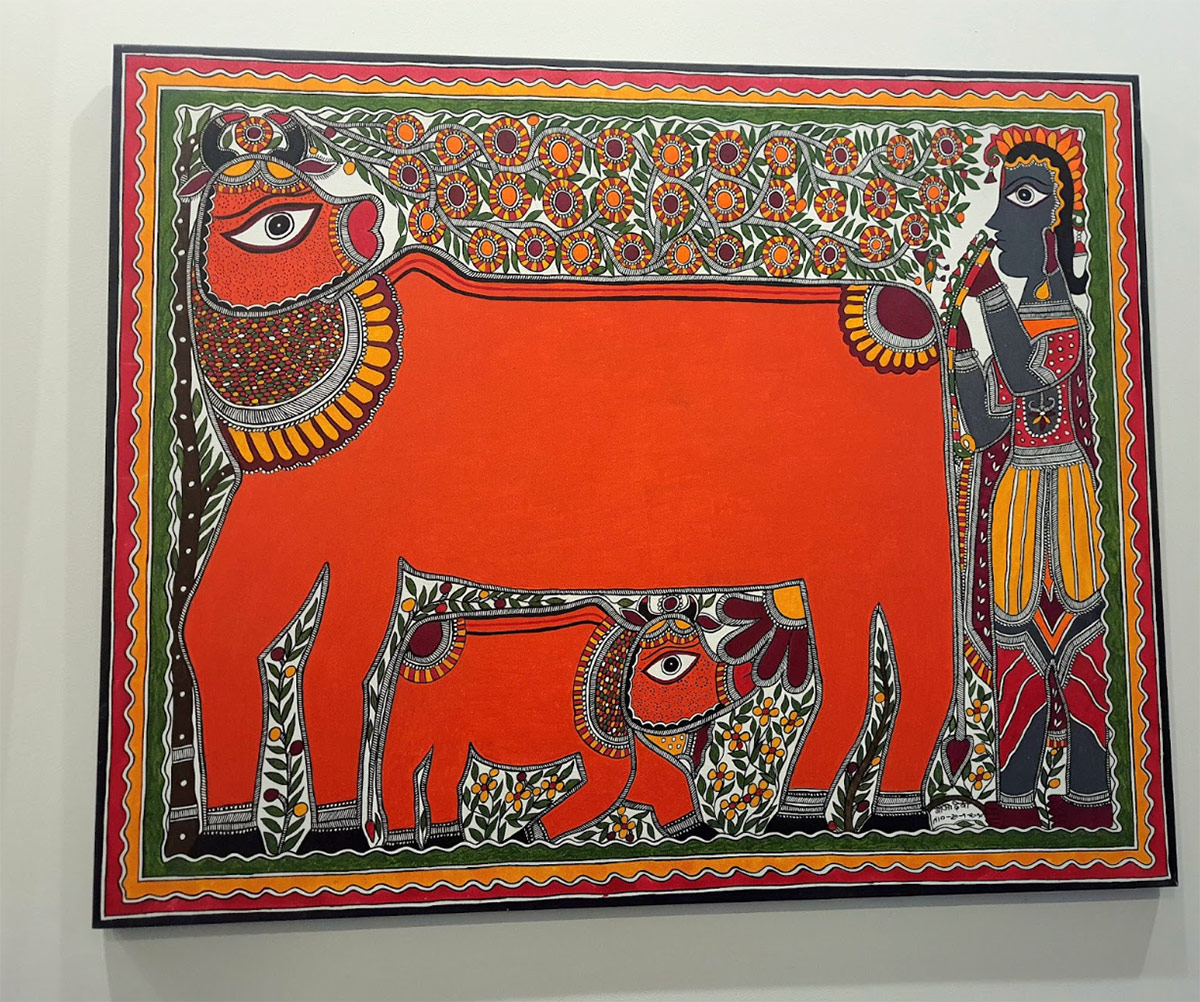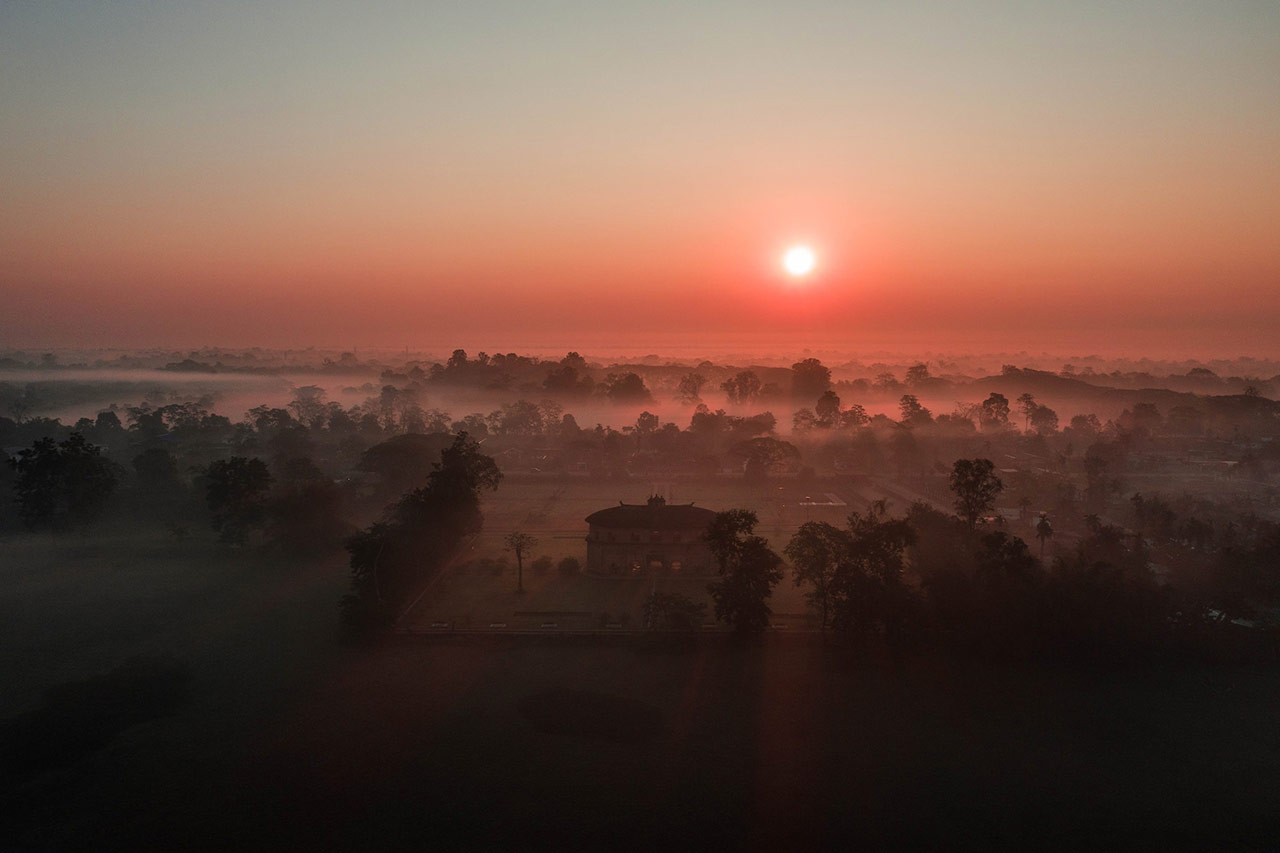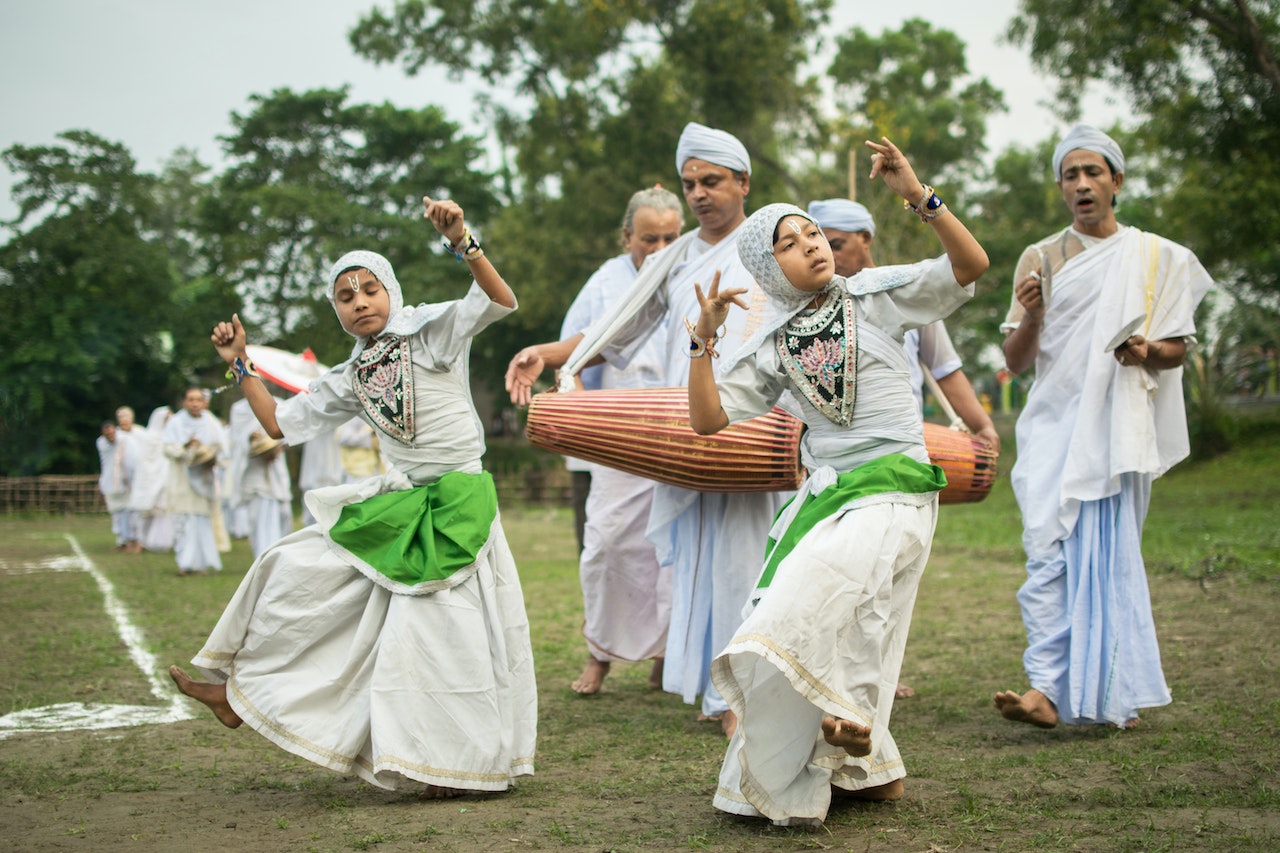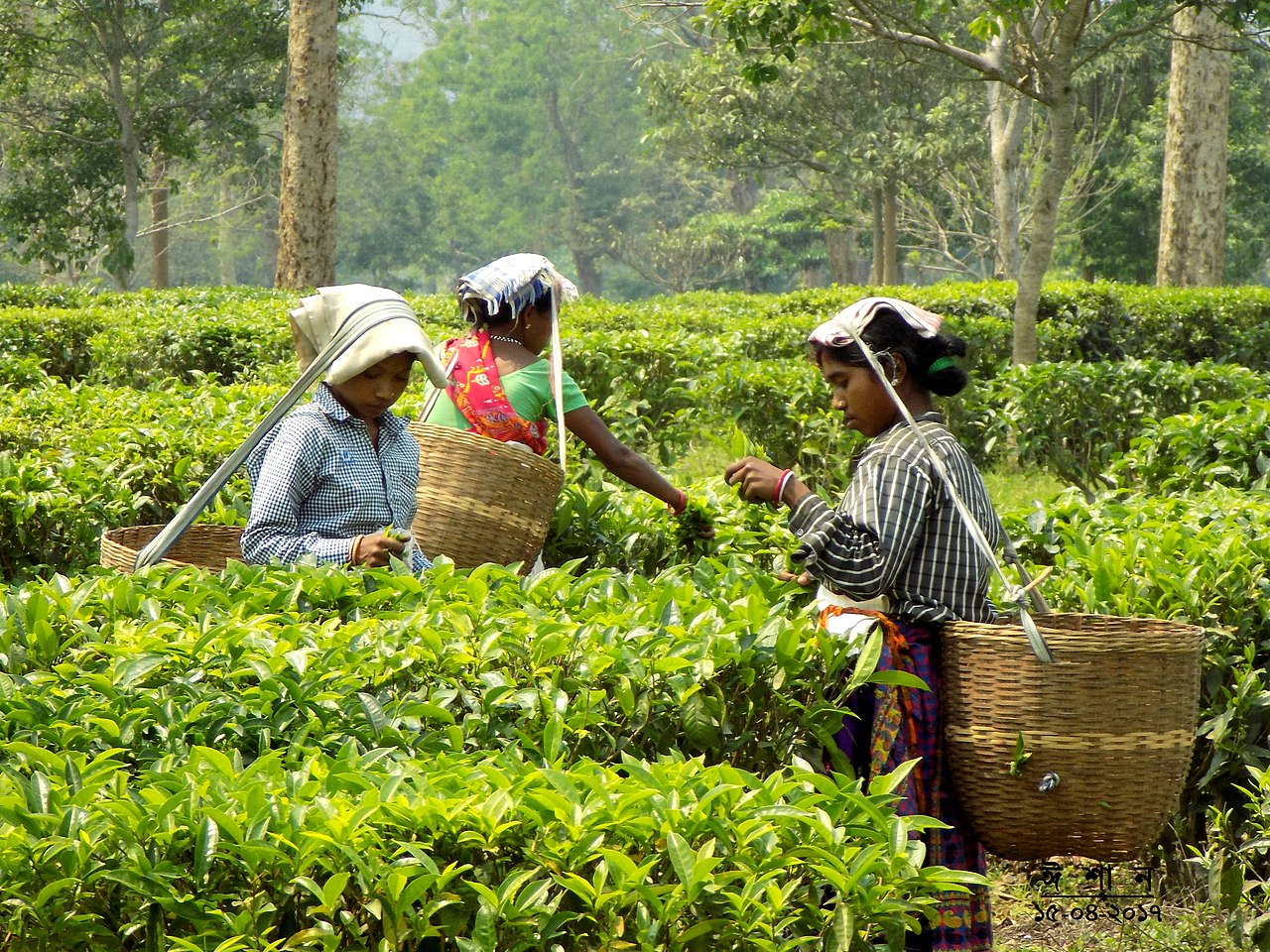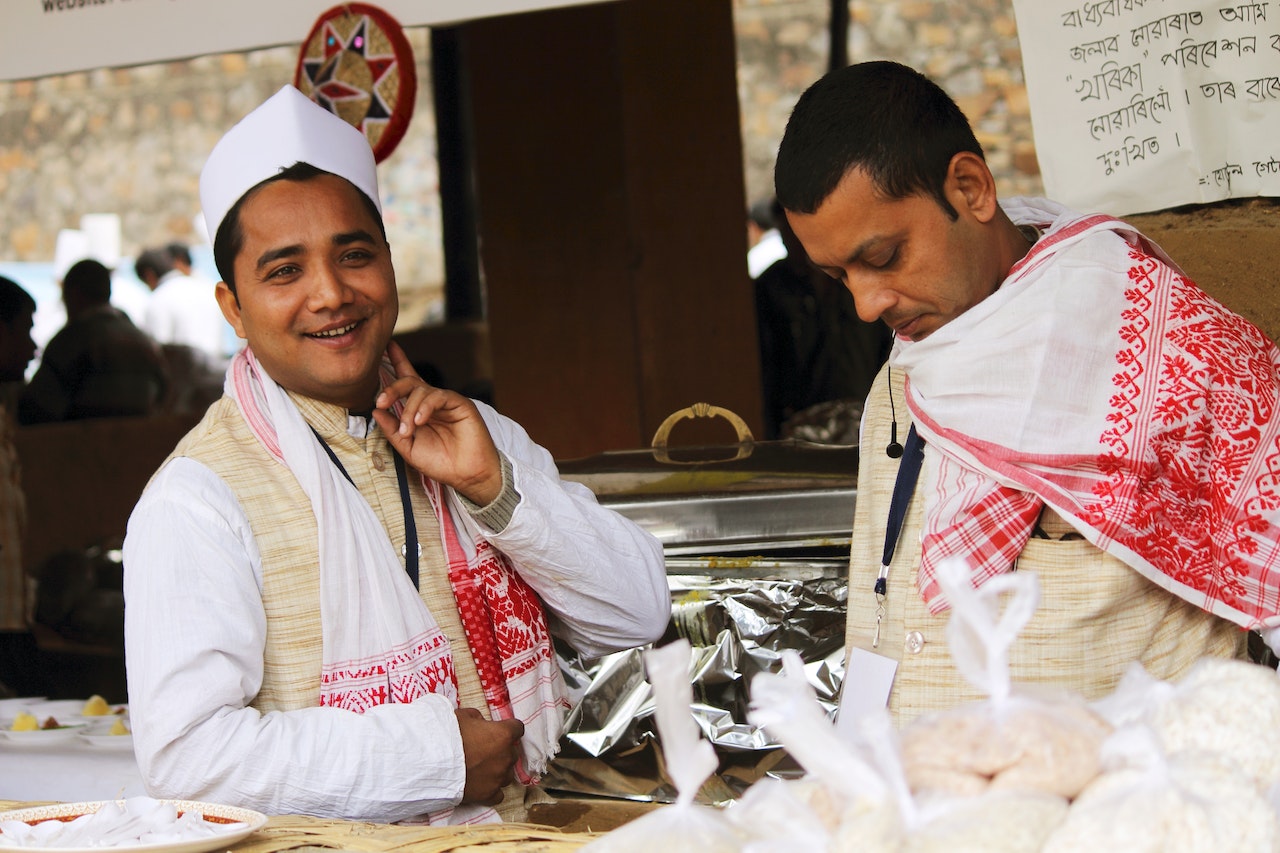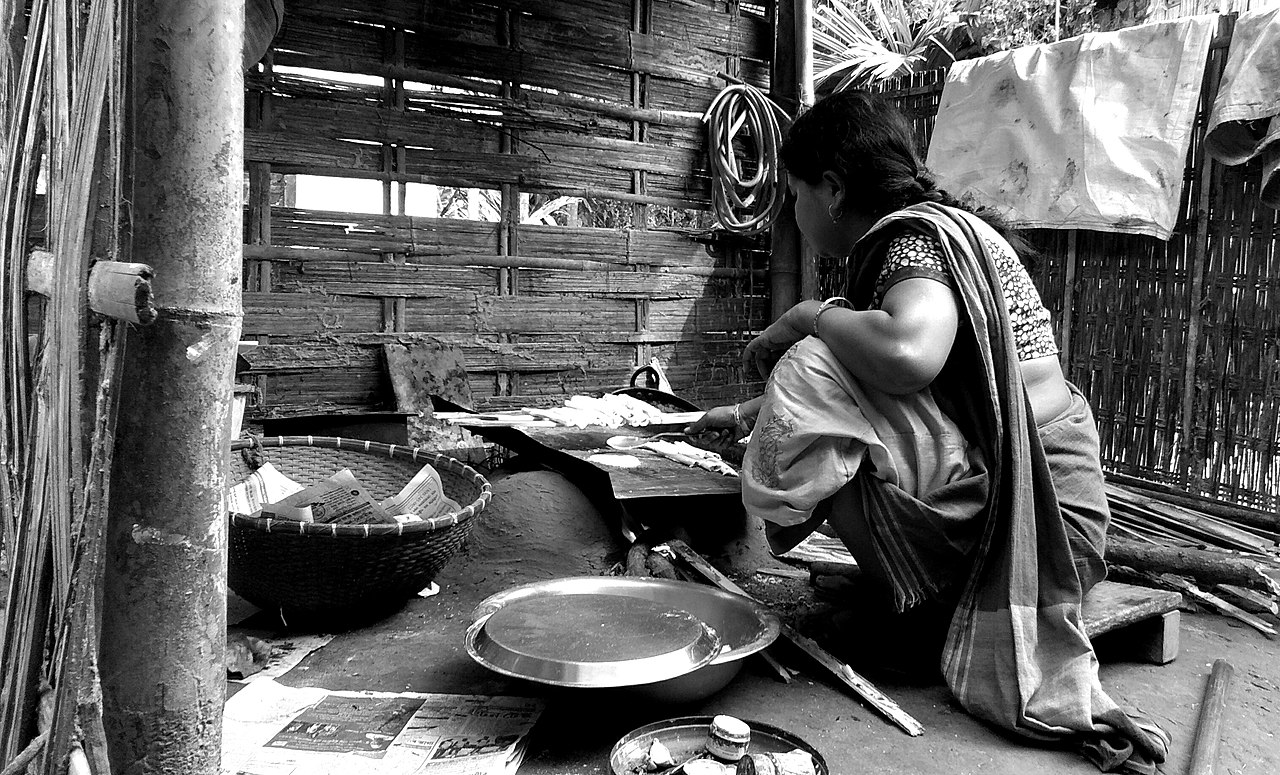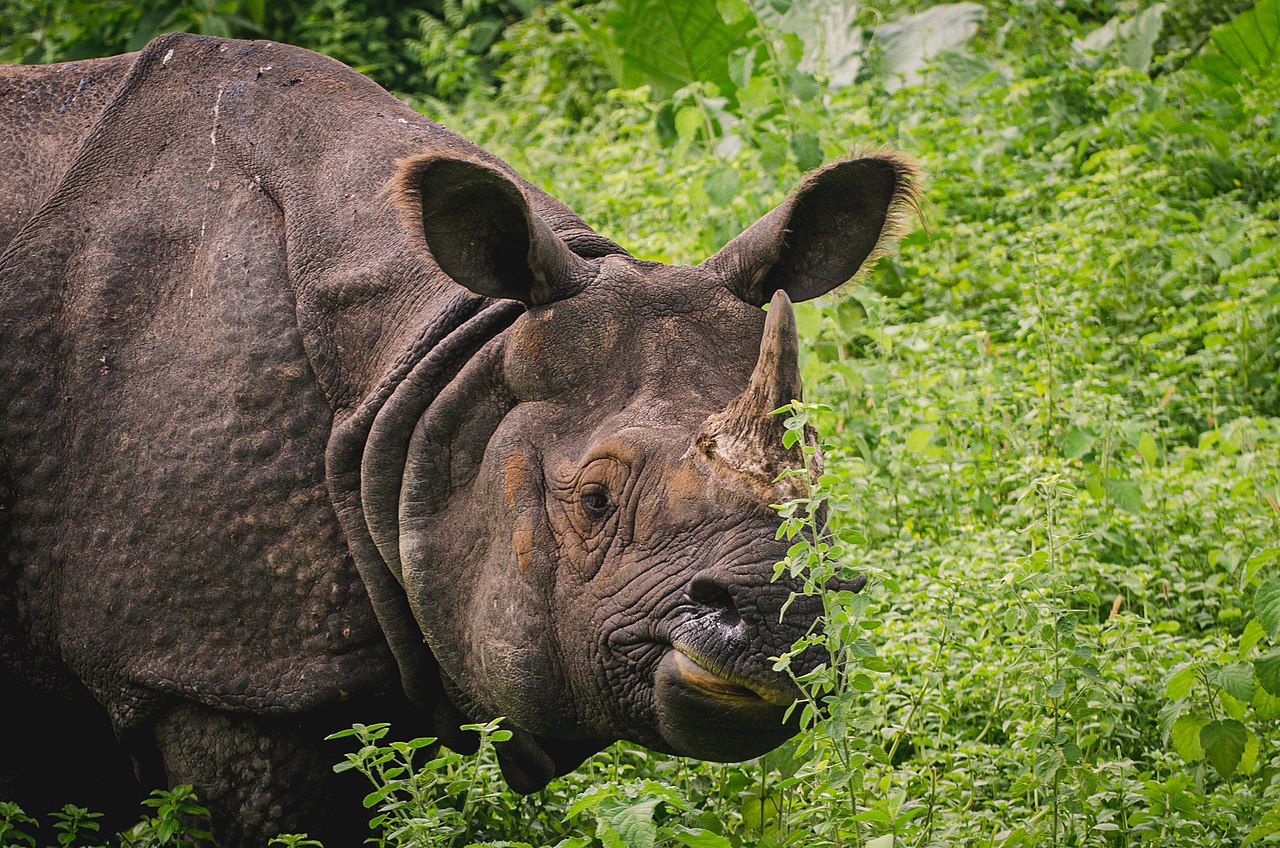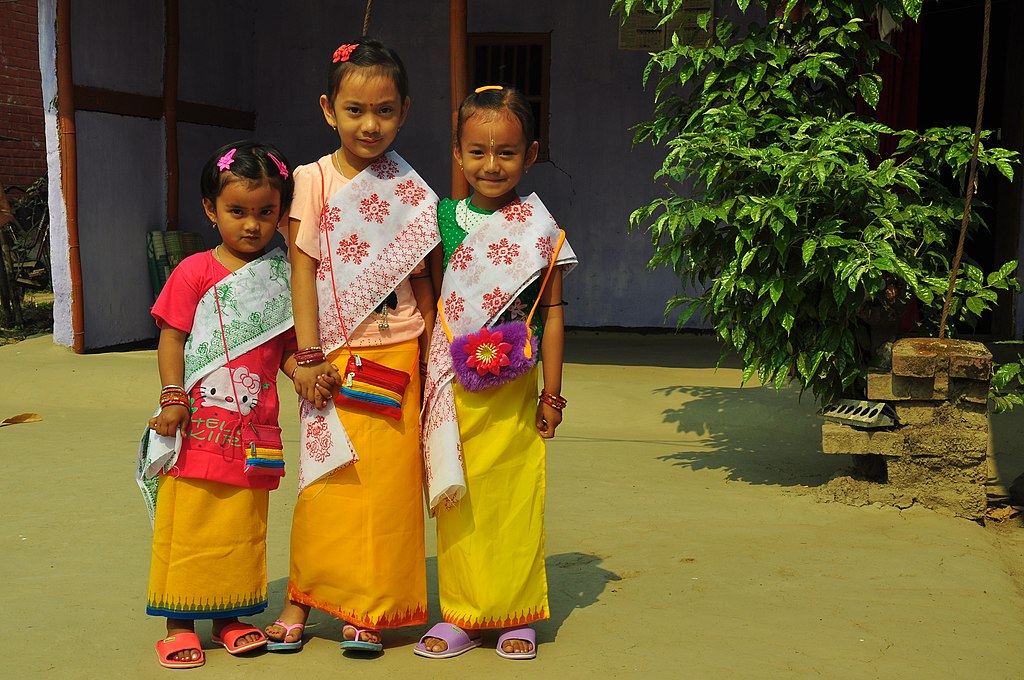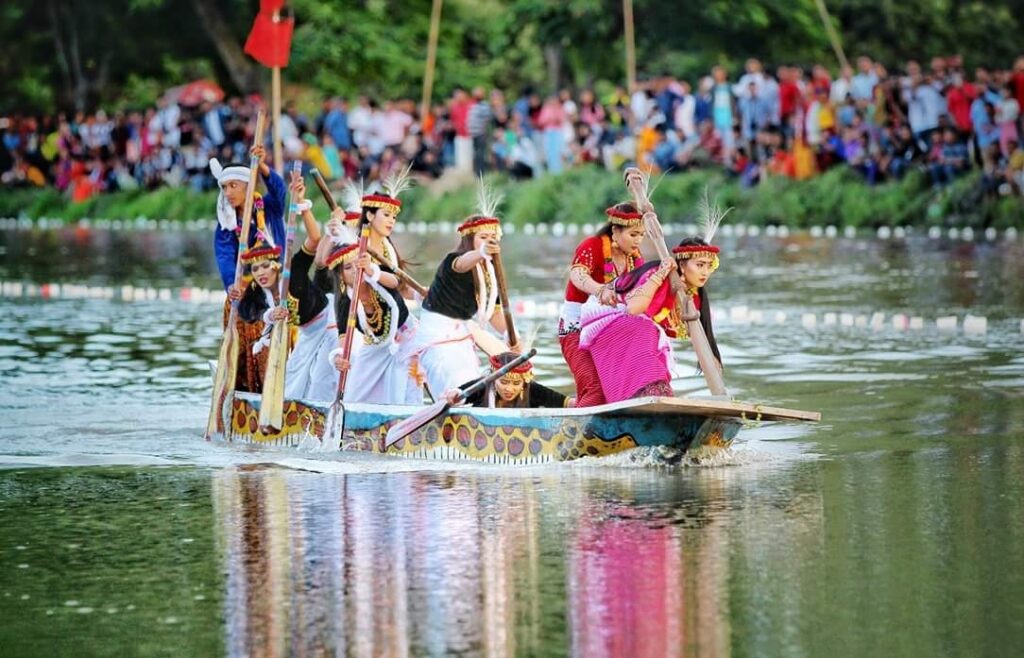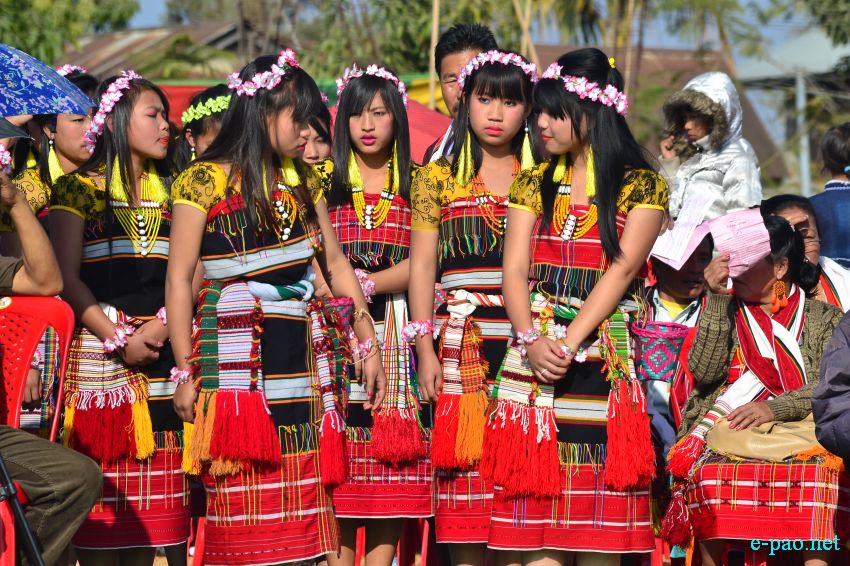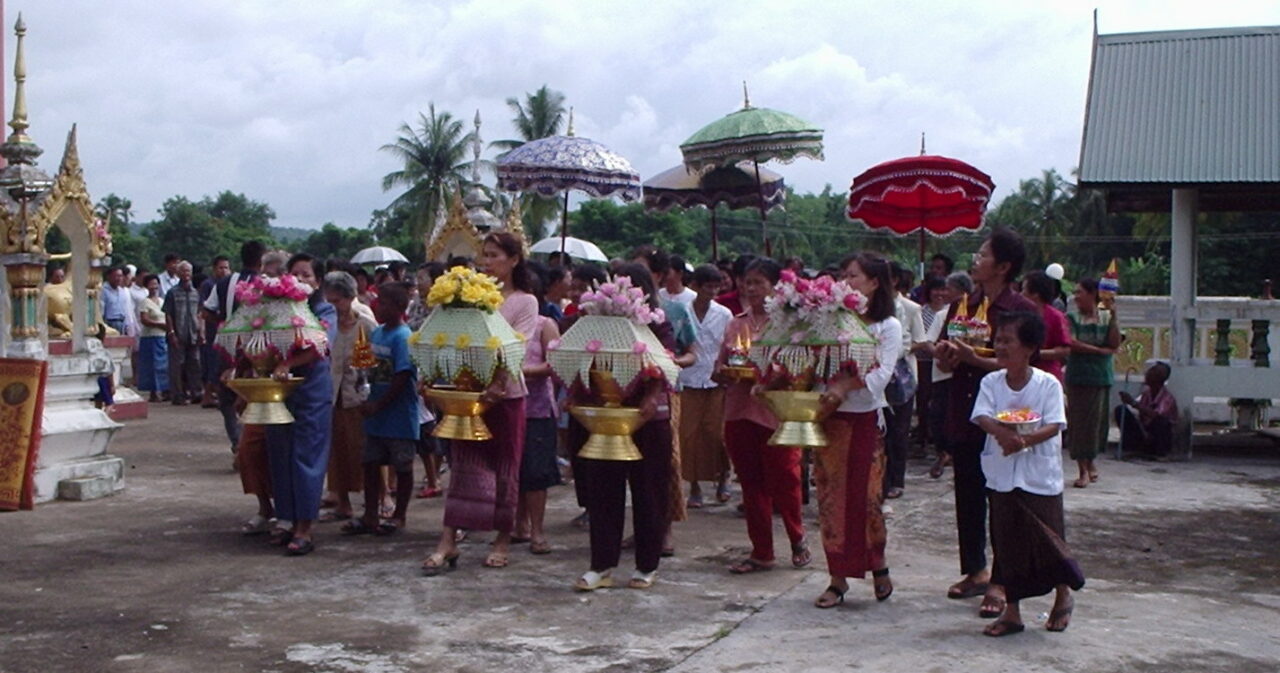
India is a country known for its diverse flora with everyone having their own benefits be it in pharmaceuticals, medicinal, health, economic, aesthetic, etc. Many flowers in India have a history and are related to Indian and Hindu mythology and are of great religious and cultural significance. They are used all around the country by everyone for various different purposes like decoration in weddings, festivals or as offerings to worship gods and goddesses or for its health benefits.They are fundamental to Indian tradition and culture. So, let’s take a look at some of the most important flowers in India.
1. Lotus

Starting with the National Flower of India, Lotus is also scientifically known as Nelumbo Nucifera. Some other names for it include sacred lotus, Indian lotus, Laxmi lotus, etc. Lotus is a sacred flower in Indian culture and has a special place in Indian mythology. It is considered sacred and is an important flower in Hinduism and Buddhism. It holds great significance in Indian culture and religion as it is associated with goddesses Lakshmi and Saraswati and Lord Brahma in Hinduism and it symbolizes the spiritual journey towards enlightenment in Buddhism. Lotus represents purity and self-regeneration as it rises from the muddy waters and blooms as a beautiful flower, representing the potential for spiritual growth in everyone. Lotus has various amazing characteristics and qualities and is also a symbol of resilience, strength, wealth, fertility, knowledge as well as prosperity. Apart from its religious and spiritual significance, it is also widely used in Indian cuisine and medicine. Its leaves, roots and seeds have several medicinal properties and are used for varied purposes.
2. Rose

Rose, scientifically known as Rosa is associated with love, beauty and purity and holds cultural and religious significance. It is widely used in Hindu, Muslim and Christian religious ceremonies as well as wedding festivities and rituals. They are an integral part of cultural celebrations like Indian weddings and festivals as they are used to decorate homes and places. It is considered an auspicious flower for the bride and groom because of its fragrance and its rich pink and red color which is similar to bride and groom’s attire. There are various different colors of rose and all of them have different meanings like a white rose signifies love and purity of mind, red signifies love and passion, pink signifies friendship, purple signifies infatuation, orange signifies fascination, etc. Other than this, rose is also a part of Hindu mythology and is associated with Lord Krishna, who is shown holding a flute and surrounded by roses. It is also used in aromatherapy, Ayurveda and medicine as its petals are used in remedies for skin problems, digestive problems, etc.
3. Marigold

Scientifically known as Tagetes, Marigold is one of the most popular and widely used flowers in India for several occasions which make it an important flower in India. Marigold has religious significance and is considered a sacred flower in Hindu religious ceremonies and rituals. It is often used to decorate Hindu temples and used in poojas. Its bright yellow and orange color signifies purity, divinity, vibrancy, creativity and good fortune. It is used during festivals like Holi and Diwali to decorate homes. During Diwali and Navratri, they are strung into garlands which are used to create rangolis and decorate temples in home and offerings. They too have medicinal properties and are used to cure stomach pain and are believed to antiseptic and pain-relieving properties which are why it is used to treat wounds and skin irritations. Another major and popular use of marigold in India is in weddings. They are used to decorate the venue and are used in bridal bouquets and the auspicious and important garland ceremony.
4. Jasmine

Scientifically known as Jasmine, Jasmine is also commonly referred as Mogra or Chameli in India. It is one of the most beautiful and fragrant flowers. It is also known as the “Belle of India” or the “Queen of Fragrance ” because of its refreshing fragrance which is considered to be the most intoxicating and pleasant aroma in the world. Jasmine is one of the most important ingredients in the Indian perfume industry and is used in perfumes, soaps, candles and other such products because of its soothing aroma. It is also used in aromatherapy. Jasmine signifies beauty, purity and divinity in India. It is associated with Hindu goddess Radha. This flower is widely used in Hindu religious rituals and is used as offering to gods and goddesses in temples. It is also a major source of livelihood as it is cultivated and produced in southern parts of India like Madurai, Tamil Nadu. Jasmine is a part of South Indian culture and tradition and can be seen worn by women there. It is used for making Gajra, a beautiful ornament for hair. They fasten a string of Jasmine flowers on their hair which is also known as “Mogre ki Mala ”. This adds to the beauty of women as it is a symbol of purity and beauty.
5. Saffron

Crocus Sativus, commonly known as Saffron, is an important and significant crop in India. It is produced in Jammu and Kashmir as it is the only state in India where it is produced. Saffron has a long history of use in India for various reasons. It is an extremely valuable spice which is highly prized for its distinctive flavor and color. This makes it a popular product for export and is a good source of income for farmers. It is used in traditional Indian medicine for its various health benefits. It helps in menstrual problems, depression, digestive issues and to promote hair growth and protect against cough and cold. Its unique flavor and aroma makes it an essential ingredient in many Indian dishes like biryani, kheer, etc.
6. Hibiscus

Hibiscus, also scientifically known as Hibiscus rosa-sinensis, is often associated with Goddess Kali and Lord Ganesha in Hindu mythology. A red hibiscus is used to worship Goddess Kali as it represents her tongue and during “Kali Puja”, a garland of 108 red hibiscuses is specially made to offer her. The red color also represents her fierceness, empowerment and destruction. It is widely used in India for decoration and is known for its medicinal properties for the treatment of high blood pressure, headaches and digestive issues. It has a long history in Ayurveda and is used to prepare various medicines for hair and skin care. It is also considered an important cultural symbol in Indian art and literature and is used as a motif in traditional textiles and fabrics.




